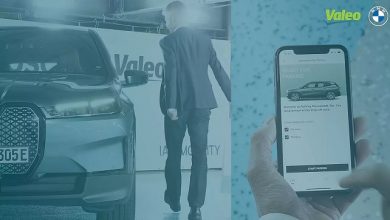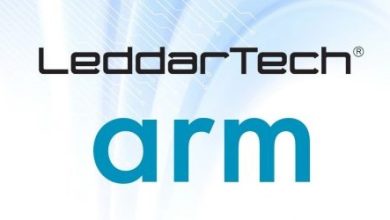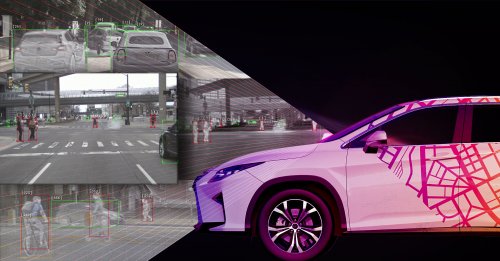MIT grad boosts car vision beyond LiDAR with camera tech
Date: October 03, 2023. — MIT graduate Leaf Jiang has successfully replaced traditional LiDAR technology with advanced camera systems to enhance the vision capabilities of self-driving cars. This breakthrough merges state-of-the-art Long-Range Stereo Vision Processing with machine learning algorithms. It holds the potential to surpass the performance of LiDAR in autonomous vehicles.
LiDAR uses laser-based sensors to detect and map the environment. It has been a cornerstone technology in the development of self-driving cars. However, it has faced several challenges, including high production costs and limited range in adverse weather conditions. It is also susceptible to interference from other LiDAR sensors. Leaf Jiang approach addresses these issues head-on by utilizing advanced camera systems and sophisticated image processing techniques.
Before creating NODAR, a firm that offers a significantly less expensive alternative to LiDAR based on digital cameras, Jiang spent more than ten years developing laser ranging systems for the military. He worked on these systems for various 3D sensing applications.
Unlike LiDAR, NODAR’s proprietary camera system relies on ambient light for image creation. To achieve superior results compared to LiDAR systems, the company has developed specialized software. This software optimizes camera performance and enables NODAR’s technology to outperform LiDAR. NODAR employs a dual-camera setup, strategically positioned on a vehicle to capture distinct views of the road ahead. This dual-view configuration not only enhances image quality. It also facilitates triangulation of object locations and distance calculations from the vehicle. NODAR holds a patent for this calibration technology. The algorithm can operate in real-time on existing car chips, eliminating the need for extra hardware.
In their own testing, NODAR’s proprietary camera system consistently outperformed LiDAR systems across various environmental conditions. This further establishes its superiority in the field.
To evaluate the performance of its technology, the business performed testing at a remote airport in Maine. The airport in Maine was free of light pollution. They contrasted the collected imagery with a high-end LiDAR system after positioning two 5.4-megapixel cameras around 1.2 meters apart. According to an IEEE Spectrum study, NODAR’s technology generated 40 million data points per second in broad daylight. This performance outperformed LiDAR’s 600,000 data points. A simulation chamber for rain and fog conditions was also included in the tests. In heavy rain, NODAR data points reduced by 30% while LiDAR data points decreased by 60%. In strong fog with 45-meter visibility, NoDar maintained 70% accuracy compared to LiDAR’s 20%. NoDar excelled in low-light situations, detecting a 12 cm piece of lumber from 130 meters away, whereas LiDAR only identified it.
Long-Range Stereo Vision Processing involves the use of multiple high-resolution cameras strategically placed on the vehicle to capture a comprehensive view of the surroundings. These cameras are equipped with cutting-edge AI algorithms that can process visual data in real-time, creating a 3D representation of the environment. This approach not only provides a cost-effective alternative to LiDAR but also offers superior performance in adverse weather conditions.
In another advancement, Nodar, a stereo vision system business, has developed a long-range 3D camera software system with a phenomenal range of 6 to 1,000 meters. The Hammerhead system software works by triangulating data from two cameras to calculate object depth. The system’s efficacy improves as the distance between these two cameras increases, resembling the positioning of eyes on a hammerhead shark. Furthermore, Hammerhead uses a complex algorithm to automatically calibrate the two cameras. This allows them to be put anywhere on a vehicle without requiring a rigid mounting structure.
NODAR’s software is versatile, capable of supporting a wide range of important automotive camera hardware systems. Furthermore, NODAR has formed a partnership with NVIDIA to improve image processing capabilities, enabling substantial advancements in automotive vision technology.
Long-range stereo vision processing may improve performance beyond that of LiDAR. The NODAR Hammerhead with GridDetect automatically calibrates images from two separately mounted cameras and overlays them with point cloud data to produce a depth map capable of detecting a 10-centimeter item at 150 meters at highway speed.
While there is still work to be done before this technology becomes mainstream, Jiang’s breakthrough marks a significant milestone in the development of autonomous driving systems. The convergence of Long-Range Stereo Vision Processing with machine learning has the potential to redefine the future of transportation, making it safer, more efficient, and accessible to all.



